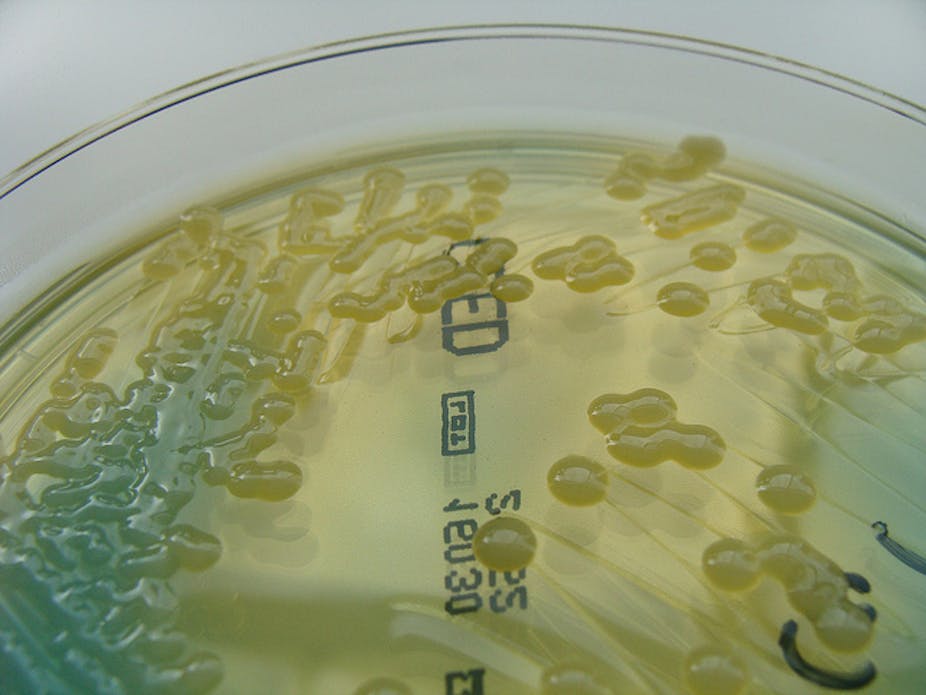Researchers from computer firm IBM say they have invented a new non-toxic gel that can kill deadly drug-resistant bacteria by cutting through the sludge that shelters them and attacking the germ’s cell membrane.
If verified, the finding could herald a breakthrough in the fight against the superbugs that infect hospitals everywhere and add billions annually to public health bills worldwide.
In a press release issued overnight, the computer firm said researchers from IBM and the Institute of Bioengineering and Nanotechnology in Singapore had developed “an antimicrobial hydrogel that can break through diseased biofilms and completely eradicate drug-resistant bacteria upon contact.”
“The synthetic hydrogel, which forms spontaneously when heated to body temperature, is the first-ever to be biodegradable, biocompatible and non-toxic, making it an ideal tool to combat serious health hazards facing hospital workers, visitors and patients,” the statement said.
Biofilms are the toxic sludge that harbour germs and often form around medical devices implanted in the body, such as catheters, heart valves and hip implants.
Biofilms are notoriously difficult to penetrate with common antibiotics but the researchers said their new water-based gel would break through biofilms and attack the bacteria’s cell membrane.
Professor Peter Collignon, an infectious diseases and microbiology expert at the Australian National University said the finding was potentially very interesting.
“They don’t give any evidence it works – this is a press release for a company on the stock exchange – but having said that, it’s good a large company is into this,” said Professor Collignon, who was not involved in the research.
“It could have its uses and also abuses. We are using too much disinfectant in kitchens and homes and that goes into the waterways and has the potential to induce resistance,” he said.
“Their claim they can penetrate a biofilm is good, if it turns out to be verified independently by others. If they can inject [the gel] that’s a major step.”
Professor Collignon said that if the new hydrogel could damage the germ’s cell membranes, it may damage cell membranes in the body as well.
Dr Marc Pellegrini, an infectious diseases researcher at the Walter and Eliza Hall Institute said the discovery “has a lot of potential.”
“A lot of the bugs in hospitals at the moment are resistant to the drugs that we have. In places like intensive care units, patients have a lot of devices implanted in them like catheters or tubes to deliver drugs and these tubes often get contaminated with microbes. This is hard to treat,” said Dr Pellegrini, who was not involved in the research by IBM.
“This new discovery looks like it may well have application in preventing these surfaces becoming contaminated but it’s quite a few steps away from being put into practice in a hospital.”
Some antimicrobials that worked well in the lab presented unforeseen problems when used in humans, he said.
“It’s still early days.”

